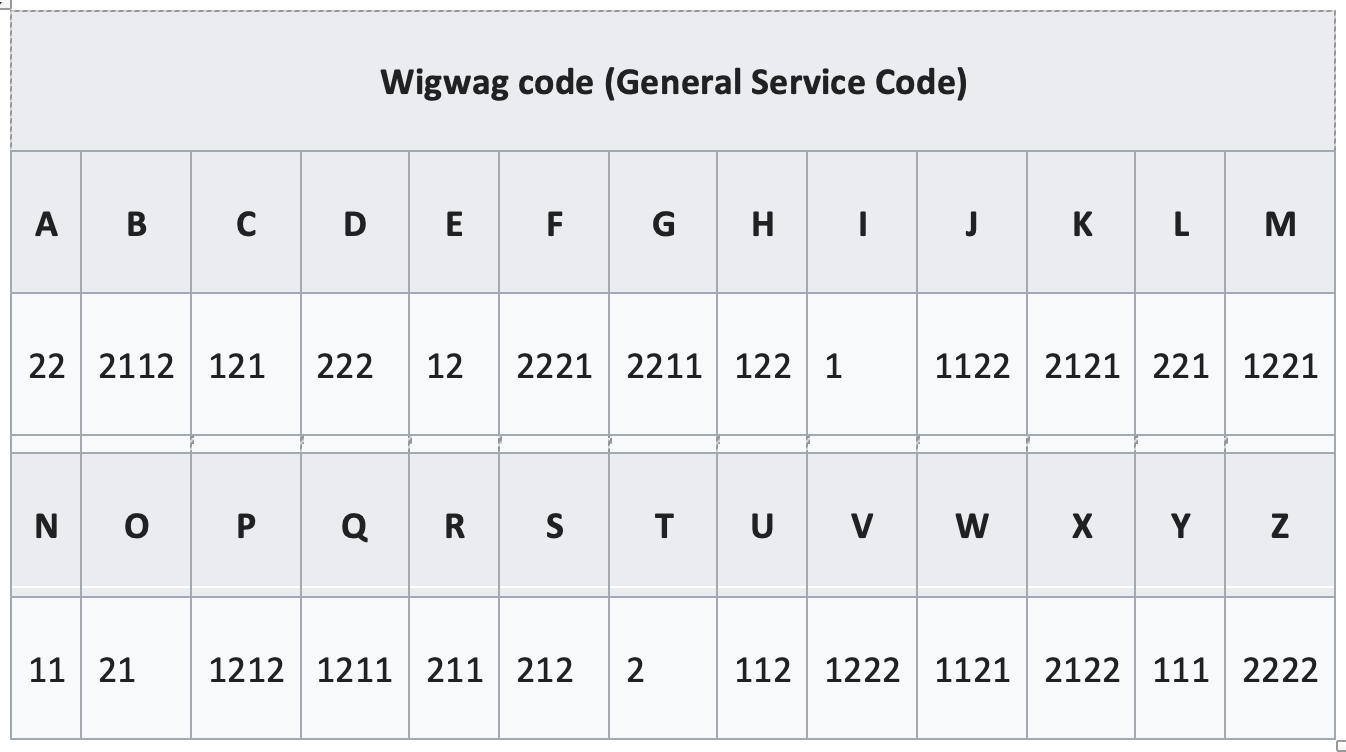Letter to the Editor: Lyrics in Civil War hymn ‘Hold the Fort’ carry special, historic meaning

Did you ever consider these phrases in the hymn “Hold the Fort” by Philip P. Bliss in 1870?
In the first verse:
“Ho, my comrades!
See the signal
Waving in the sky …”
And in the chorus:
“Hold the Fort for I am coming,
Jesus signals still,
Wave the answer back to Heaven,
By Thy Grace we will!”
What does that mean?
When Bliss wrote that hymn, it was after hearing of an event in the battle near Atlanta between Gen. William Tecumseh Sherman’s forces and Gen. John Bell Hood commanding the Confederates.
Gen. Hood had gained control of the rear flanks of Sherman’s column, cutting off supplies and blocking the routes. Many soldiers had fallen, and the continuation of the battle seemed lost and fatal. A Union officer caught sight of a signal flag on top of Kennesaw Mountain. The signal was answered and spread saying, “HOLD THE FORT; I’M COMING. W. T. SHERMAN.” Sherman’s men arrived three hours later, forcing Hood’s Confederate forces to retreat.
We take for granted the concept of instantaneous communication. Pick up a phone, punch a few numbers, and a phone call connects worldwide. Key the mike on a radio, and communicate with anyone on the same frequency within miles of radio range.
They didn’t have that in 1870. Radio didn’t exist. The telegraph had just been invented, and it relied on wires strung on poles, which was obviously not very useful on the battlefield. What they did have was a signaling soldier up on a hill or an expediently built tower with a long pole and a single large flag, called a wig-wag. The pattern that the flag was waved designated letters and words, depending on whether it was straight up, straight down, or swept left or right.
Straight up and wagging was “Attention.” Two sweeps from straight up to down and left was an A. Left, two to the right, and back left was B. Down and center was the end of a word. As you can imagine, it takes a long time to send a message of any length.
“Hold the Fort, for I am coming” requires 67 separate movements of the flag, from “Attention” to “End of Message.” Even if you could do a sweep every two seconds, it would take over two minutes to send that message, and the signalman’s arms would be very tired.
Think about the words and the history of the words when you sing.
David Lomax
Palmyra, Missouri
Miss Clipping Out Stories to Save for Later?
Click the Purchase Story button below to order a print of this story. We will print it for you on matte photo paper to keep forever.

